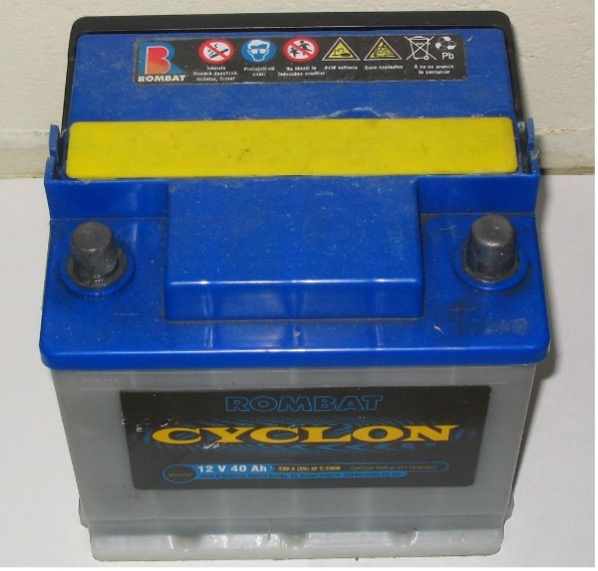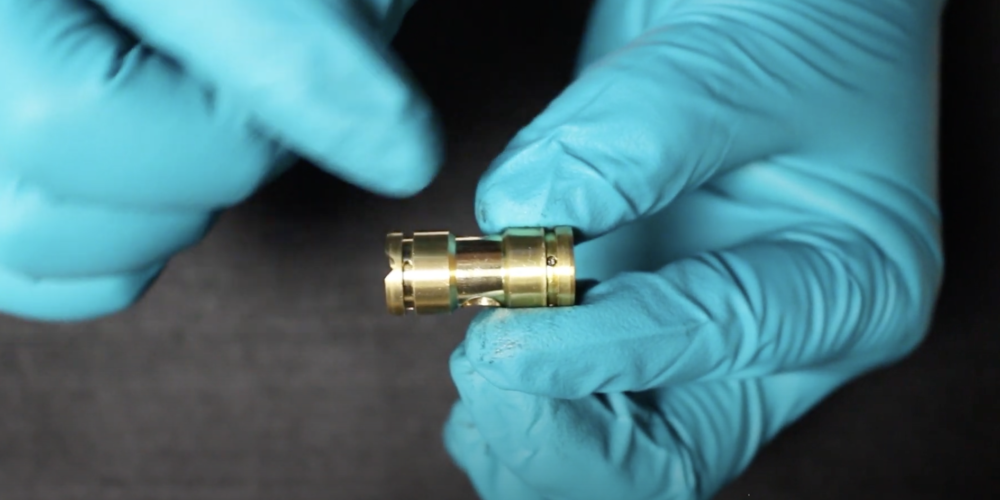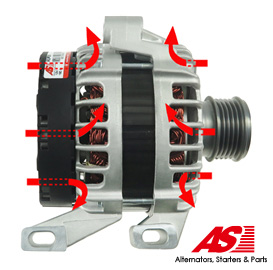What happens to ruined batteries?
From 2035, one of the biggest objections to electric cars (which will probably almost dominate the new car market) – or more precisely – to their sustainability is the battery itself and its recycling possibilities. The charge is clear that green technology will cause more problems for the environment than the internal combustion versions within a few decades. In this article, we will check if the above statement currently covers reality or not.
Why was there no problem with the 12 volt batteries?
We could also say that car batteries have been around for a long time and we have had no problems with them. Well, that’s only partly true. In the beginning we were not able to recycle the lead, which is otherwise not really harmless to the environment but in recent decades we have reached that almost all of these energy storage batteries go back into industry via recycling.
With the exception of countries that are considered not developed from technical point of view, it can be stated that the repeated use of these types of batteries has been solved.
The lithium-ion batteries used in current electric cars create a completely different situation.
These are much more complex structures, composed of dozens of raw materials. Unsurprisingly, their production process is at least that much more complex which means that their recycling is also a more complicated, energy- and labor-intensive task so the problem of processing becomes more and more urgent with the tendency of electric cars’ production.

Lead acid batteries were much less of a challenge (source: www.wikipedia.org)
In 2021, the share of newly registered passenger cars was already 3.1%, they exceeded one million on the continent.
The question of what we do with so many ruined batteries when they reach the end of their lifecycle is becoming more and more relevant.
Ruining process, degradation
It is important to clarify a few things about this specific notion. When we can no longer use the battery properly in our vehicle, the unit has not yet been destroyed in the strict sense of the word.
According to our current knowledge, battery replacements usually occur when the original capacity drops to 70-80% on average.
A capacity of 70-80% means that such a large part of the cells is still operational.
In the case of car applications, the lithium-ion battery is made up of many cells so we cannot wait for the last cell to fail during use because then the car would be practically immobilized.
Therefore, even today, the practice is that if an electric car’s battery fails like it was mentioned above, it won’t be not replaced with a completely new one but with a refurbished one and the owner has to pay only for the cells that need to be replaced and for their installation.
The replaced, unusable cells will be given to another user after renovation. This is response also to the opposition’s opinion that when the battery fails, the owner should pay for a completely new battery pack. Of course, it is also possible but it makes more sense to choose a refurbished one which means a fraction of the cost compared to a complete replacement – it is also a good solution from environmental protection point of view.
Does refurbished cell exist?
Today we can already say that the renovation of lithium-ion cells and the extraction of the materials inside can be solved.
You can see in this video the recycling process:
https://www.youtube.com/watch?v=0r4ipX9y1aA
Even if we are able to do something, it is not necessarily worth it.
We could say that the European Union has a responsibility in this since their directives are partly responsible for the current spread of electric cars. Despite this – or probably precisely because of this – the EU probably had fear of introducing too strict rules regarding the recycling of batteries, because it would be an even greater challenge to car manufacturers than was before. As a result, EU would hinder his own initiative.
The result of this is that manufacturers have only minimal recycling obligation now.
Nowadays cells are disassembled by hand and with great care. If an inexperienced hand touches them, they can catch fire or even explosion – that’s why disassembly process is usually carried out in protective clothing.
Continuation is even more difficult because only after that can the extraction of various materials come. There is no problem with the aluminum housing and it is also relatively easy to extract the plastics and copper. The real challenge is the last phase – unfortunately, the most valuable raw materials: lithium, cobalt, nickel and manganese can be found here.
As mentioned earlier, there is a technology for separating them which works, but it is labor-, time-, and energy-intensive, expensive and due to its energy-intensity considerable carbon dioxide emissions are associated with it. This contributes greatly to the often mentioned hypothesis that the complete well-to-wheel cycle of electric cars, including recycling is not better than in case of internal combustion engine vehicles.
However, since these are really valuable materials, especially here in Europe where none of them are mined in large quantities, they are working diligently to perfect the technology. Therefore, if we want an economical (green) process here too, the need for development is unquestionable.
Summary
It is not surprising that the battery and its materials are still a critical point in cars today as there are many unsolved questions related to the technology. We all know that there are currently unsolved problems that – if they remain in this state – electric car could not be called green in any way.
It is a fact that the scale of global investment is huge. The political and environmental protection lobby is clearly on the side of BEVs, therefore hundreds and hundreds of companies want to deal with it and they are being created almost one after the other. It is therefore not a bold prediction to predict that by the time electric cars become truly widespread, there will be much more efficient solutions for recycling than the current existing ones and we will not be flooded by huge battery cemeteries.









